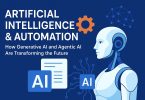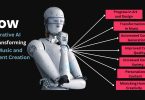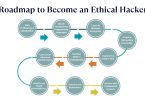One of the main challenges with AI system is ensuring that they are fair and unbiased, and that they do not perpetuate discrimination or reinforce existing social inequalities. This can manifest in various ways, including eligibility issues. Here are some common examples:
- Data Bias: Artificial intelligence system reflect the bias in their training data. Biased data causes the system to learn and perpetuate bias, potentially creating eligibility issues by underrepresenting or systematically excluding certain groups.
- Lack of Transparency: Sometimes it is difficult to determine why an AI system makes certain decisions, particularly when they involve complex algorithms or deep neural networks. This can make it hard to identify whether eligibility criteria are being applied in a fair and consistent manner.
- Inadequate Testing: Testing an AI system to ensure that it is fair and unbiased is crucial, but it can be challenging to test for every possible scenario. If testing is incomplete or insufficient, then eligibility issues may arise.
- Unintended Consequences: Artificial intelligence solutions can sometimes have unintended consequences that affect eligibility. For example, an AI system that uses facial recognition to verify identity may inadvertently exclude people with certain physical characteristics, such as darker skin tones.
To address these issues, developers must prioritize creating and testing AI systems with diversity and inclusion in mind. This includes using diverse data sets, conducting comprehensive testing, and ensuring transparency in decision-making. Additionally, it is important to have human oversight and intervention in the decision-making process to address any issues that arise.








Leave a Comment